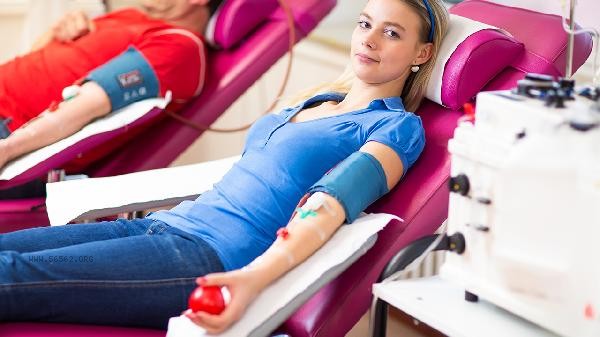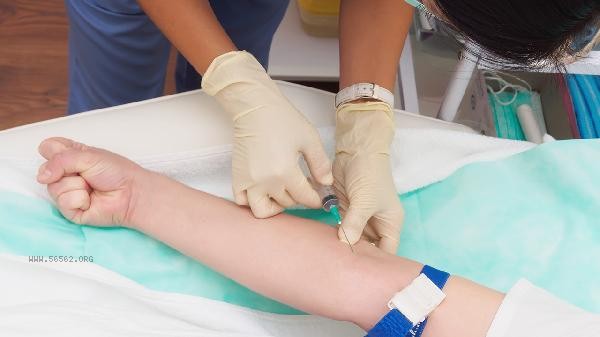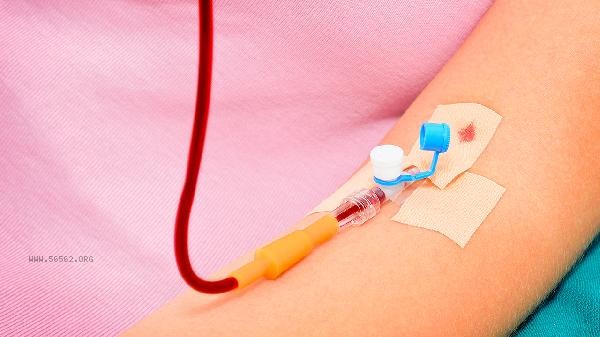Patients with high blood lipids can eat fruits such as apples, hawthorns, blueberries, oranges, kiwis, etc. in moderation, which can help regulate blood lipid levels.

1. Apples
Apples are rich in pectin and dietary fiber, which can help reduce cholesterol levels in the blood. Pectin can bind with cholesterol, promote its excretion from the body, and reduce the absorption of cholesterol in the intestine. Polyphenols in apples also have antioxidant effect, which helps to protect vascular endothelial cells and prevent atherosclerosis. Patients with high blood lipids can eat a medium-sized apple every day, preferably with the skin attached, to obtain more nutrients.
2. Hawthorn
Hawthorn contains abundant flavonoids and organic acids, which can promote fat breakdown and inhibit cholesterol synthesis. Active substances such as hyperoside in hawthorn can improve microcirculation and reduce blood viscosity. Fresh hawthorn can be consumed directly or dried and soaked in water for drinking. But those with excessive stomach acid should control their intake of hawthorn to avoid stimulating the gastric mucosa.
3. Blueberries
Blueberries are rich in anthocyanins and vitamin C, and have strong antioxidant capacity, which can reduce the oxidation of low-density lipoprotein cholesterol and prevent vascular wall damage. Polyphenols in blueberries can also improve insulin sensitivity and help regulate lipid metabolism. The nutritional value of frozen blueberries is equivalent to that of fresh blueberries, and they can be stored for a long time and consumed at any time.

4. Oranges
Oranges are rich in vitamin C and flavonoids, which can enhance vascular elasticity and promote cholesterol metabolism. The hesperidin in oranges has the effect of reducing triglycerides. It is recommended to consume fresh oranges directly, as juicing and drinking them will result in the loss of some dietary fiber. Patients with hyperlipidemia can eat 1-2 medium-sized oranges per day, but those with gastric ulcers should reduce their intake in moderation.
5. Kiwifruit
Kiwifruit is rich in vitamin C, dietary fiber, and inositol, which can promote fat breakdown metabolism and reduce triglyceride levels in the blood. The protease in kiwifruit helps with protein digestion and reduces fat accumulation. Choosing slightly softer kiwifruit for consumption has higher nutritional value, but individuals with renal insufficiency should pay attention to controlling their intake. Patients with hyperlipidemia should not only pay attention to fruit selection, but also maintain a balanced diet and reduce the intake of saturated fat and trans fat. Suggest increasing the proportion of whole grains, legumes, deep-sea fish and other foods to control total calorie intake. Regular aerobic exercise such as brisk walking, swimming, etc. can help increase high-density lipoprotein cholesterol levels. Regularly monitor blood lipid indicators and use lipid-lowering drugs under the guidance of a doctor if necessary. Maintaining a healthy lifestyle is crucial for controlling high blood lipids.









Comments (0)
Leave a Comment
No comments yet
Be the first to share your thoughts!